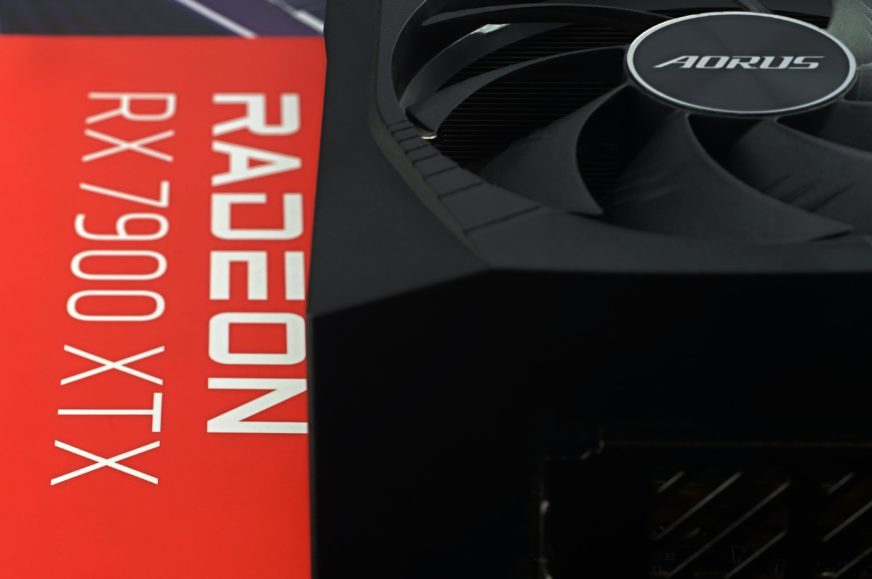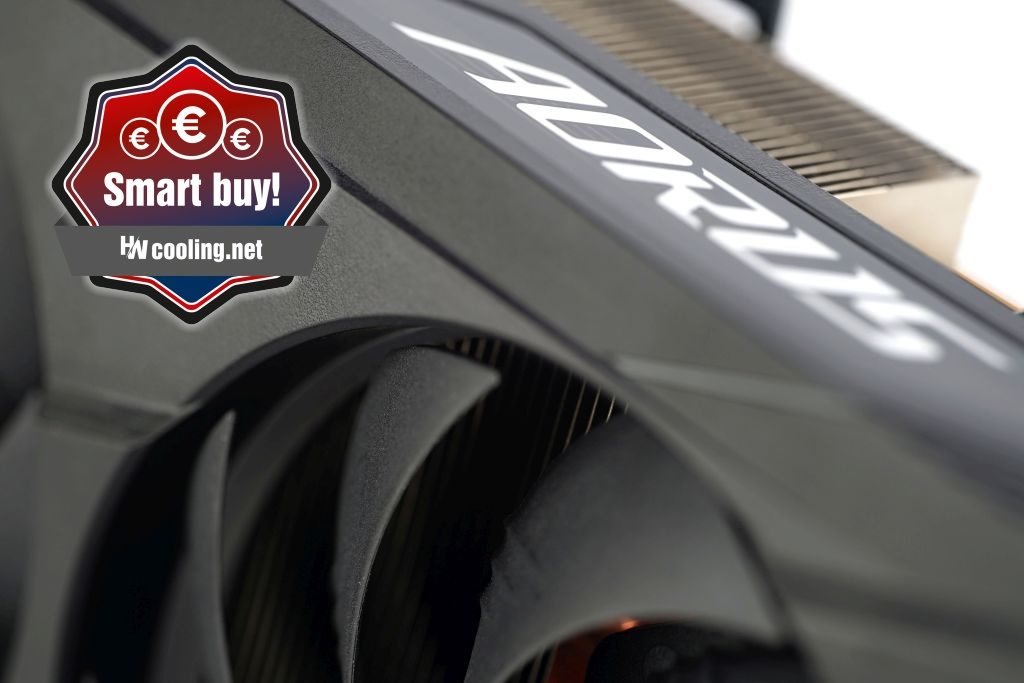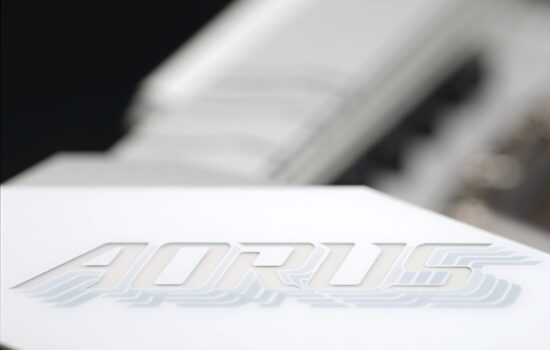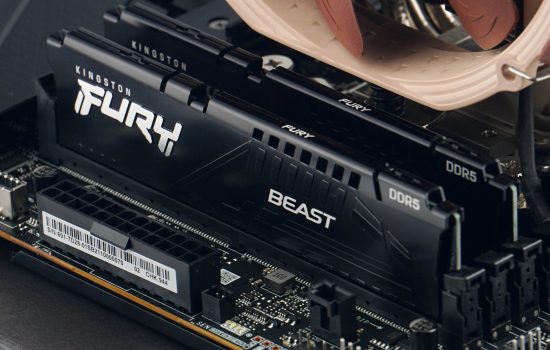Conclusion
The most powerful Radeon (RX 7900 XTX) is both slower and less efficient compared to the GeForce RTX 4090, but it’s also roughly 700 EUR cheaper. And that’s what gives it an unprecedented price/performance ratio for a high-end graphics card. The latter is more attractive even than the lower-end RX 7900 XT, and that’s also the case with Gigabyte’s top-of-the-range Aorus Elite, which, oddly enough, only comes at a minimal premium.
Conclusion
The biggest advantage of the Aorus RX 7900 XTX Elite 24G is the excellent price-performance ratio, which is unusual for a graphics card suitable even for Ultra HD resolution. Unless you consider ray-tracing graphics, for which GeForces generally have more performance, the tested RX 7900 XTX lags behind the RTX 4090 Gaming OC 24G in speed in UHD by 15%, which is fairly little given the large price difference.
In QHD, where Radeon benefits from a more nimble driver-CPU interface, it’s only 6%. For owners of high-speed monitors with this resolution, the RX 7900 XT is thus a very attractive option even with a view to the long-term. Where these graphics hit a snag already are games with overly complex RT graphics, which include Cyberpunk 2077. In it, the RX 7900 XTX won’t even move in UHD without FSR (true almost verbatim).
You won’t even reach fully comfortable gaming (stably 60 fps+) with ray-tracing on the RX 7900 XTX in something like Battlefield V. With RT, even the RTX 4080 has the edge natively (without FSR/DLSS) by quite a lot, 35– 45% in the above mentioned games. In Control it’s less, 19%, in Metro Exodus 14% and in Shadow of the Tomb Raider the RTX 4080 is already only 6% faster, but in this game in particular there is relatively little ray-tracing work. If you limit it completely, the Radeon RX 7900 XTX beats the RTX 4080 in speed by an average of 6–7%, and that’s at a currently roughly 250 EUR lower price. Even though you’ll have to sacrifice DLLS (3/Frame Generation), this will still be an irresistible offer for many.
The money saved on buying the card itself is also exchanged for weaker power efficiency, the Aorus RX 7900 XTX Elite 24G’s power draw exceeds 400W, bringing it closer to the faster RTX 4090. The difference in power draw between the Aorus RX 7900 XTX Elite 24G and the MSI RTX 4080 16GB Suprim X is around 120 W in gaming load, which will also have some impact on operating costs. And in addition, also at a higher noise level, with the BIOS “Silent”, however, proportionally to the power draw. In “OC” mode (but at comparable power draw with comparable clock speeds, indicating that the BIOS designation used is a bit confusing) fan control is more aggressive. The temperature is always quite low and there is room for manual adjustment of the speed curve.
Noteworthy and commendable is the very low power draw in idle or under light load such as web or video acceleration. The Aorus RX 7900 XTX Elite 24G is an even more power-efficient graphics card here than the Sapphire RX 7900 XT Pulse. But when comparing other models, it may be different, i.e. the RX 7900 XTX will already have a higher power draw (than the RX 7900 XT) as one would expect.
The RX 7900 XTX is also an extremely attractive graphics card for computing tasks, where it often significantly beats even the RTX 4090 in select applications under OpenGL. When it comes to confronting CUDA (RTX 4090) and OpenCL (RX 7900 XTX/RTX 4090), Radeon usually lags behind. In case you work in Autodesk applications (CATIA, Creo, Maya, Medical or Siemens NX) beware – the RX 7900 XT can be a significantly faster graphics card (than the RTX 4090).
The coils of the Aorus RX 7900 XTX Elite 24G are noisier than in the Gigabyte RTX 4090 Gaming OC 24G, which may be the result of cutting costs on a cheaper product. The peak at 5.7 kHz is quite annoying, but we’ve had weaker cards with more annoying coils.
A few details separated the Aorus RX 7900 XTX Elite 24G from the rarest of our editorial awards, but for Smart Buy!, this graphics card meets the requirements as is. The price/performance ratio will be virtually unbeatable for many. And as far as the ARGB LED elements are concerned… it’s hard to find anything more attractive.
English translation and edit by Jozef Dudáš
| Aorus RX 7900 XTX Elite 24G |
| + Very high performance (also suitable for 2160p/4K gaming)... |
| + ... without ray tracing the second most powerful GPU (after AD102 in RTX 4090) |
| + Top price/performance ratio among high-end graphics without RT... |
| + ...outperforms the RTX 4080 in speed at a significantly lower price |
| + As much as 24 GB of VRAM |
| + Efficient Windforce cooler |
| + Spectacular RGB LED lighting |
| + AV1 encoding support |
| + DisplayPort version 2.1, which is not supported by GeForce |
| + PCI Express slot bracket/support included |
| - Lower performance in ray-tracing graphics. Does not even reach the level of GeForce from the Ampere generation (RTX 3000) |
| - Weaker power efficiency |
| - Noisier coils and cooler (which can be tuned down with "Silent" BIOS) |
| - Overall larger size and poorer compatibility with cases |
| Suggested retail price: 1205 EUR |
For cooperation in providing the tested hardware, we would like to give special thanks to the Datacomp e-shop
- Contents
- Gigabyte Aorus RX 7900 XTX Elite 24G in detail
- Table of parameters
- Methodology: performance tests
- Methodology: how we measure power draw
- Methodology: noise and sound measurement
- Methodology: temperature tests
- Test setup
- 3DMark
- Age of Empires II: DE
- Assassin’s Creed: Valhalla
- Battlefield V
- Battlefield V with DXR
- Borderlands 3
- Control
- Control with DXR
- Counter-Strike: GO
- Cyberpunk 2077
- Cyberpunk 2077 with DXR
- DOOM Eternal
- F1 2020
- FIFA 21
- Forza Horizon 4
- Mafia: DE
- Metro Exodus
- Metro Exodus with DXR
- Microsoft Flight Simulator
- Red Dead Redemption 2 (Vulkan)
- Red Dead Redemption 2 (Dx12)
- Shadow of the Tomb Raider
- Shadow of the Tomb Raider with DXR
- Total War Saga: Troy
- Wasteland 3
- Overall gaming performance and performance per euro
- CompuBench (OpenCL)
- SPECviewperf 2020 and SPECworkstation 3
- FLOPS, IOPS and memory speed tests
- 3D rendering 1/2 (LuxMark and Blender@Cycles)
- 3D rendering 2/2 (Blender@Radeon ProRender and Eevee)
- Photo editing (Adobe Photoshop, Lightroom and Affinity Photo)
- Broadcasting (OBS and Xsplit)
- Password cracking
- GPU clock speed
- GPU and VRAM temperatures
- Net graphics card power draw and performance per watt
- Analysis of 12 V branch power supply (higher load)
- Analysis of 12 V branch power supply (lower load)
- Analysis of 3.3 V branch power supply
- Noise level
- Frequency response of sound
- Conclusion













